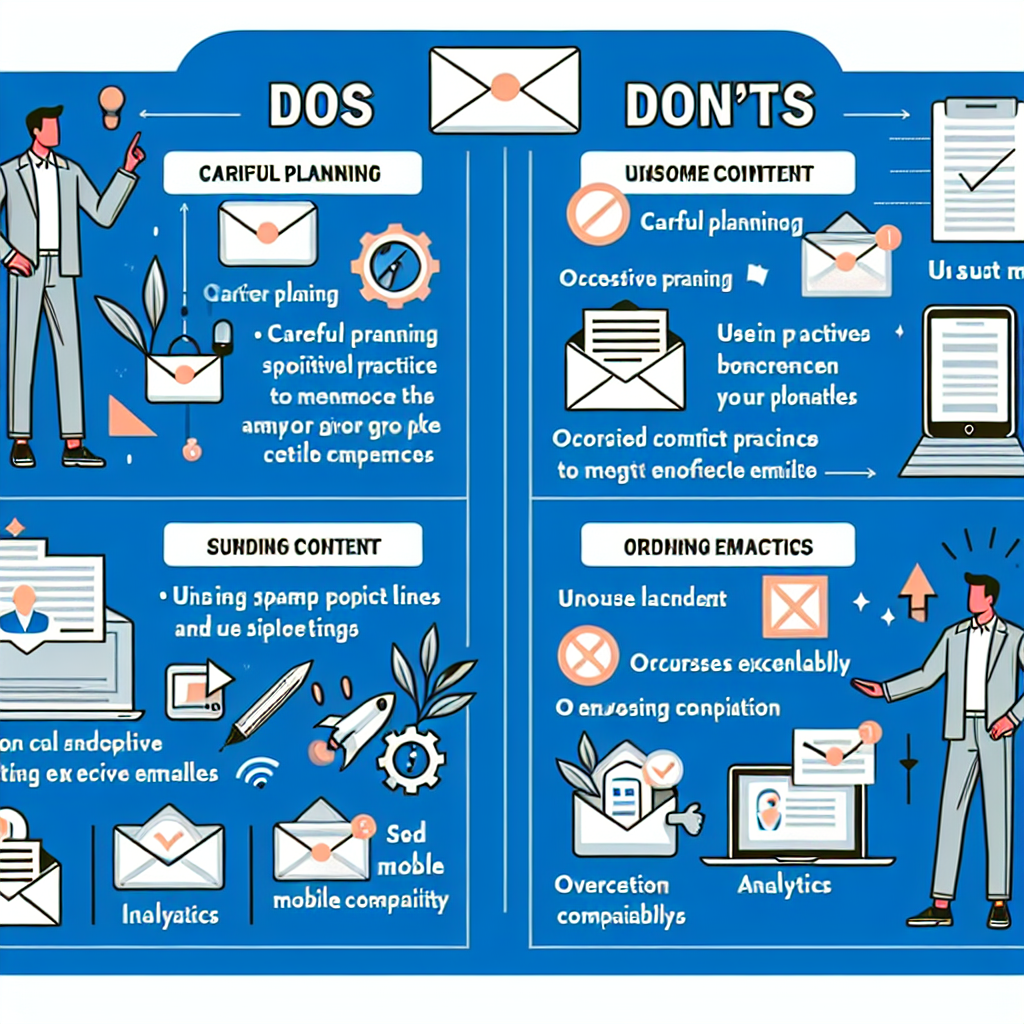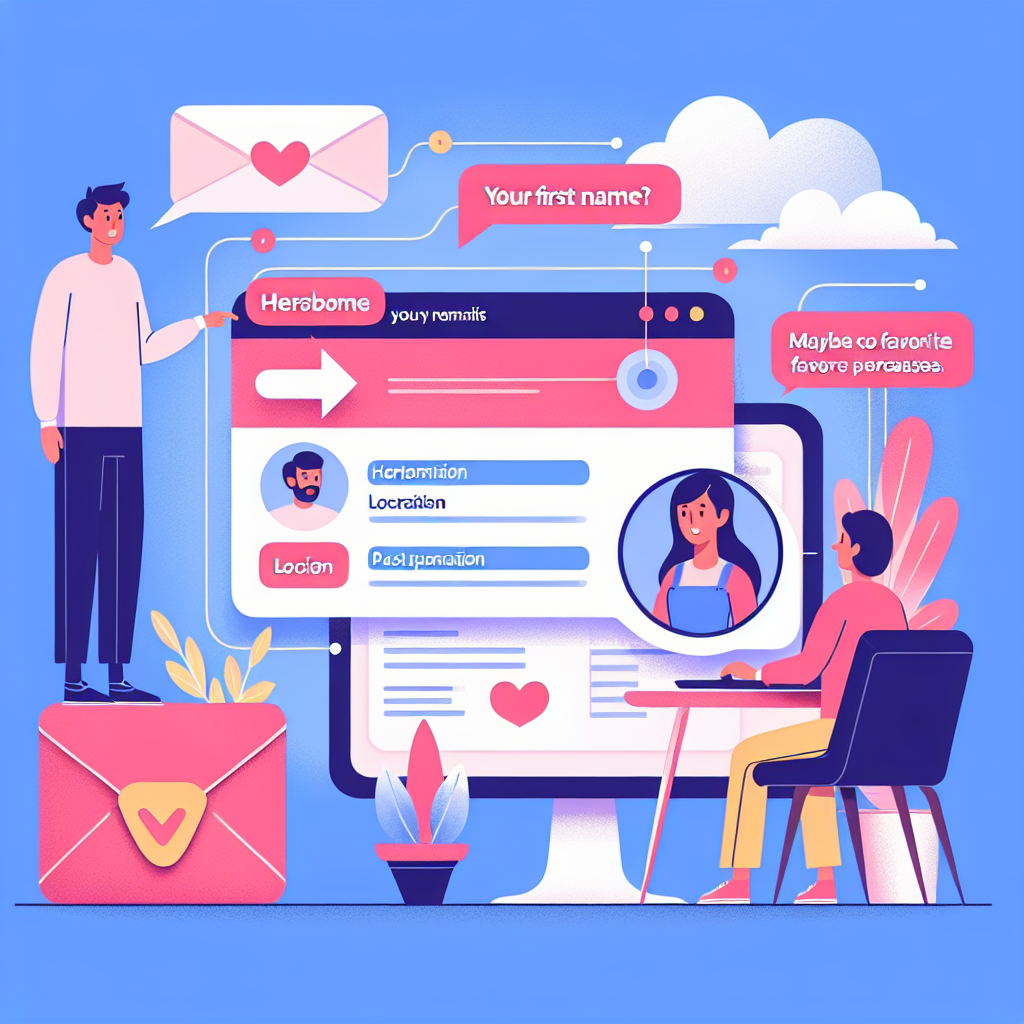Funnel Optimization: Tips and Techniques
In today’s highly competitive digital landscape, businesses are constantly seeking ways to improve their conversion rates. Funnel optimization is a critical strategy that can significantly enhance the efficiency and effectiveness of your marketing efforts. In this comprehensive guide, we will explore essential tips and techniques for optimizing your sales funnel, ensuring you can convert more leads into loyal customers.
Understanding Funnel Optimization
Before diving into the tips and techniques, it’s important to understand what funnel optimization entails. Funnel optimization refers to the process of analyzing and enhancing each stage of the sales funnel to maximize conversions. The typical sales funnel consists of four key stages: Awareness, Interest, Decision, and Action (AIDA).
Awareness Stage
The awareness stage is where potential customers first become aware of your brand or product. At this stage, the goal is to attract a wide audience and introduce them to your offerings. Effective strategies for this stage include:
- Creating engaging content (blogs, videos, social media posts) that addresses common pain points.
- Utilizing search engine optimization (SEO) techniques to improve your website’s visibility on search engines.
- Leveraging paid advertising campaigns to reach a broader audience.
Interest Stage
Once potential customers are aware of your brand, the next step is to pique their interest. This stage involves nurturing leads by providing valuable information and building a relationship. Techniques for this stage include:
- Offering free resources such as eBooks, whitepapers, or webinars in exchange for contact information.
- Personalizing email marketing campaigns to address specific needs and preferences.
- Engaging with prospects on social media platforms to answer questions and provide insights.
Decision Stage
At the decision stage, potential customers are considering whether to make a purchase. Your goal is to convince them that your product or service is the best solution. Effective strategies for this stage include:
- Providing detailed product information, including features, benefits, and customer reviews.
- Offering free trials, demos, or samples to allow prospects to experience your product firsthand.
- Using retargeting ads to remind prospects of their interest and encourage them to take action.
Action Stage
The final stage of the sales funnel is where the prospect takes the desired action, such as making a purchase or signing up for a service. Optimizing this stage involves minimizing friction and ensuring a seamless experience. Techniques for this stage include:
- Simplifying the checkout process by reducing the number of steps and offering multiple payment options.
- Providing clear calls-to-action (CTAs) that guide users towards completing the desired action.
- Offering post-purchase support and follow-ups to enhance customer satisfaction and encourage repeat business.
Analyzing Funnel Performance
To effectively optimize your funnel, you need to continuously analyze its performance. Key metrics to monitor include:
- Conversion Rate: The percentage of visitors who complete the desired action at each stage of the funnel.
- Bounce Rate: The percentage of visitors who leave your website after viewing only one page.
- Average Time on Page: The average amount of time visitors spend on your website.
- Customer Acquisition Cost (CAC): The total cost of acquiring a new customer.
- Customer Lifetime Value (CLV): The total revenue a customer is expected to generate over their lifetime.
By analyzing these metrics, you can identify areas of improvement and make data-driven decisions to optimize your funnel.
Actionable Tips for Funnel Optimization
1. Create High-Quality Content
Content is the backbone of any successful funnel. High-quality content not only attracts potential customers but also nurtures and converts them. Consider the following tips:
- Conduct thorough keyword research to identify topics that resonate with your target audience.
- Create a content calendar to ensure consistent publishing and avoid content gaps.
- Use a mix of content formats, such as blog posts, videos, infographics, and podcasts, to cater to different preferences.
2. Implement A/B Testing
A/B testing, also known as split testing, involves comparing two versions of a webpage or element to determine which performs better. This technique can help you identify the most effective strategies for each stage of the funnel. Key elements to test include:
- Headlines and subheadings
- Call-to-action buttons
- Landing page layouts
- Images and videos
- Email subject lines
By continuously testing and refining your funnel elements, you can optimize your conversion rates and drive better results.
3. Leverage Marketing Automation
Marketing automation tools can streamline your funnel optimization efforts by automating repetitive tasks and providing valuable insights. Key benefits of marketing automation include:
- Improved lead nurturing through personalized email campaigns and workflows.
- Enhanced segmentation and targeting based on user behavior and preferences.
- Detailed analytics and reporting to measure the effectiveness of your campaigns.
Popular marketing automation platforms include HubSpot, Marketo, and Mailchimp.
4. Optimize for Mobile
With the increasing use of mobile devices, it’s essential to ensure your funnel is optimized for mobile users. Key tips include:
- Using responsive design to ensure your website adapts to different screen sizes.
- Reducing page load times by optimizing images and minimizing code.
- Simplifying navigation and forms to enhance the user experience on smaller screens.
By prioritizing mobile optimization, you can reach a broader audience and improve your conversion rates.
5. Use Social Proof
Social proof, such as customer reviews, testimonials, and case studies, can significantly influence potential customers’ decision-making process. Key strategies include:
- Displaying customer reviews and ratings prominently on your website.
- Creating case studies that showcase the success of your product or service.
- Encouraging satisfied customers to share their experiences on social media and review platforms.
By leveraging social proof, you can build trust and credibility, ultimately driving more conversions.
Conclusion
Funnel optimization is a continuous process that requires ongoing analysis, testing, and refinement. By implementing the tips and techniques outlined in this guide, you can enhance each stage of your sales funnel, ultimately driving more conversions and growing your business. Remember to stay informed about industry trends and best practices, and always be willing to adapt your strategies to meet the evolving needs of your audience.
Start optimizing your funnel today, and watch your conversion rates soar!


